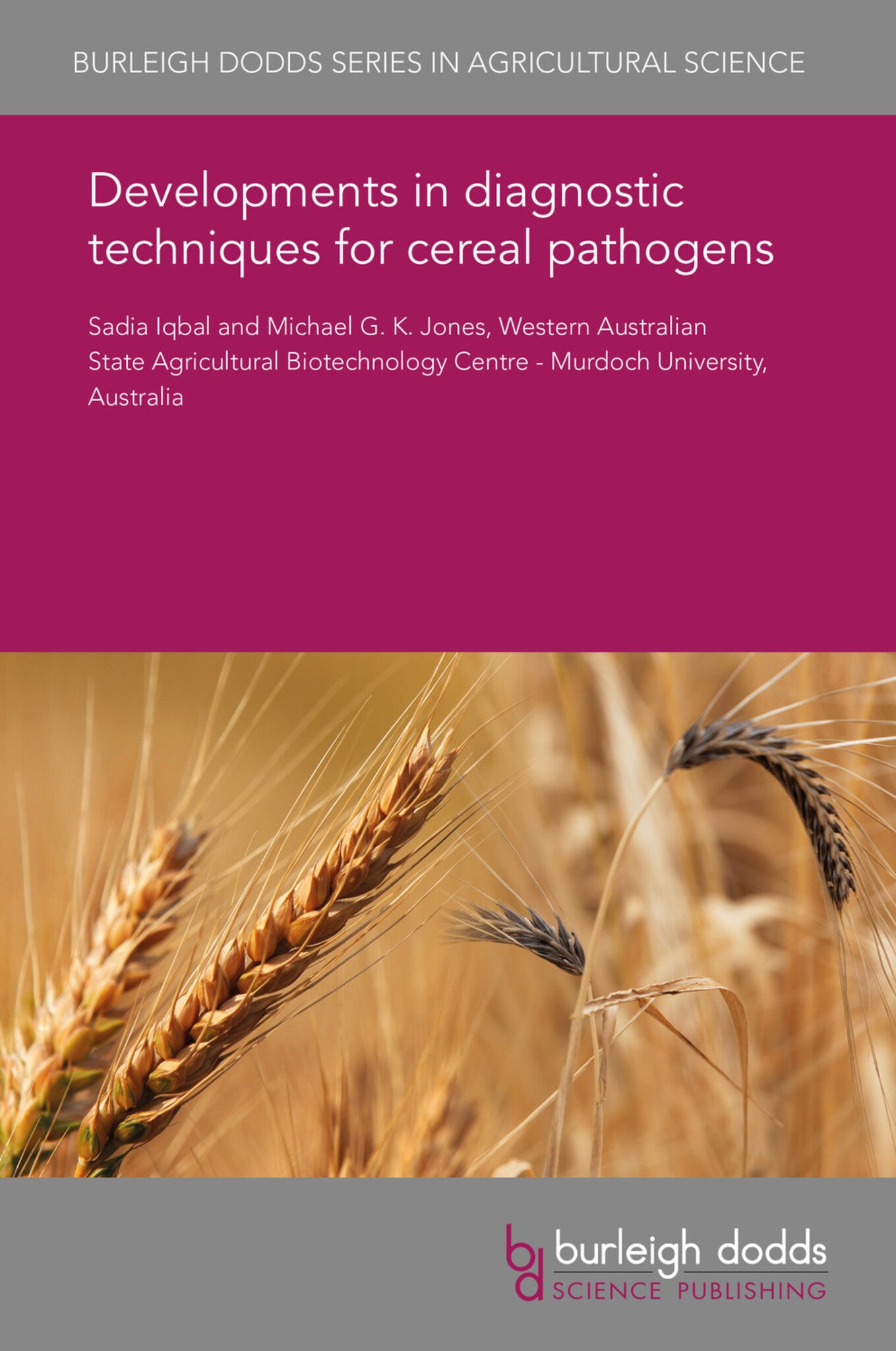We're sorry. An error has occurred
Please cancel or retry.
Developments in diagnostic techniques for cereal pathogens

Some error occured while loading the Quick View. Please close the Quick View and try reloading the page.
Couldn't load pickup availability
- Format:
-
22 October 2018


TECHNOLOGY & ENGINEERING / Agriculture / Sustainable Agriculture, Agronomy and crop production, TECHNOLOGY & ENGINEERING / Agriculture / Agronomy / Crop Science, TECHNOLOGY & ENGINEERING / Pest Control, Botany and plant sciences, Sustainable agriculture, Pest control / plant diseases

1 Introduction 2 Prevention strategies and pre-symptom identification 3 Protein-based identification and serological methods 4 Nucleic-acid-based techniques 5 Point-of-care diagnostics 6 Next-generation sequencing for plant diagnostics 7 Non-invasive imaging techniques 8 Conclusions 9 Where to look for further information 10 References



